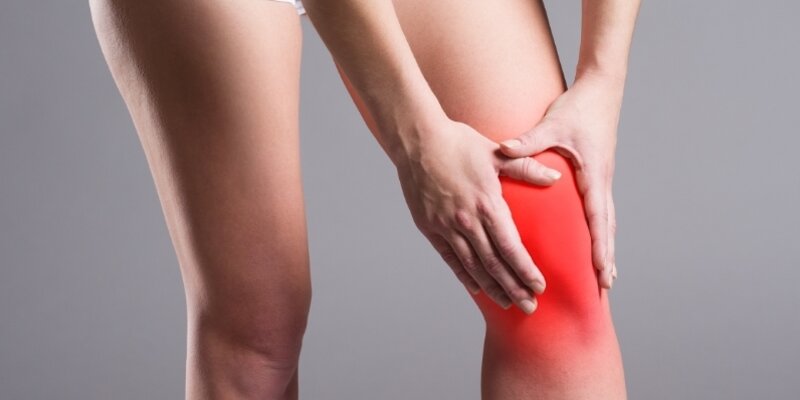Common Problems
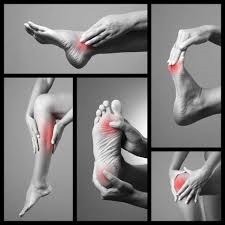
Pointe Podiatry Clinic Treat all aspects of Dance podiatry. We are open Monday to Saturday.
On-Site Parking and Wheelchair access. Our Reception Staff can also advise on transport options.
As Podiatrists, we are Registered providers for Enhanced Primary Care (EPC) Plans, HICAPS for private health fund rebates and Workers Compensation/Third Party Insurance.
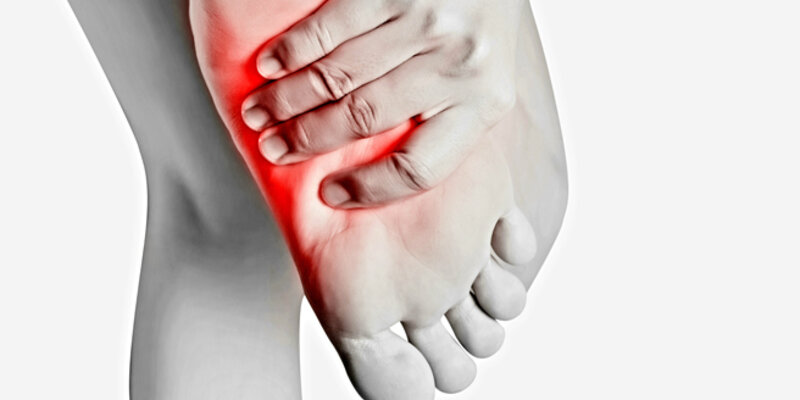
Plantar Fasciitis – Heel Pain, Heel Spurs
The most common and most painful problems in the foot is heel pain. The term Plantar fasciitis describes a condition in which the plantar fascia, a ligament-like band that runs from the heel to the ball of the foot, becomes strained, damaged, inflamed and painful. This can also be called “heel spurs”.
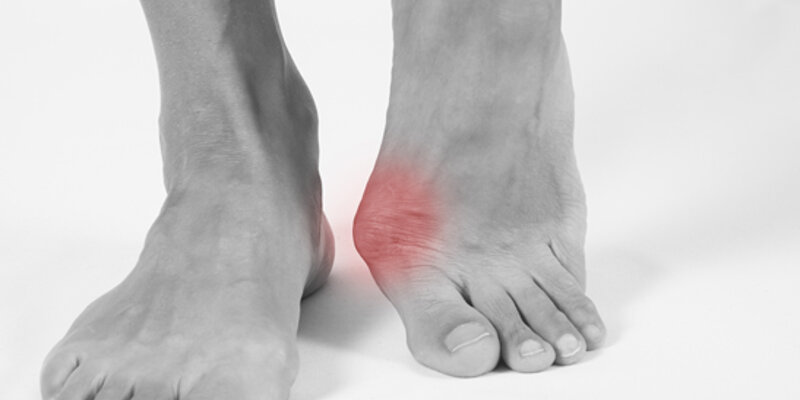
BUNIONS Hallux Abducto Valgus HAV
Bunions are a condition when the big toe- 1st metatarsal, deviates away from the adjacent metatarsals whilst the hallux (big toe) points towards the smaller toes. This change in the alignment of the bones can produce a bony growth on the side of the 1st MTPJ (big toe joint), commonly known as a bunion.
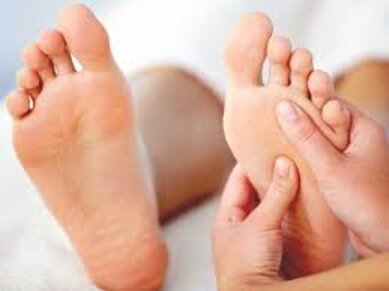
Trigger Toe/FHL Tenosynovitis
My big toe 'clicks' and gets 'caught' sometimes. I have to use my hands to release it."
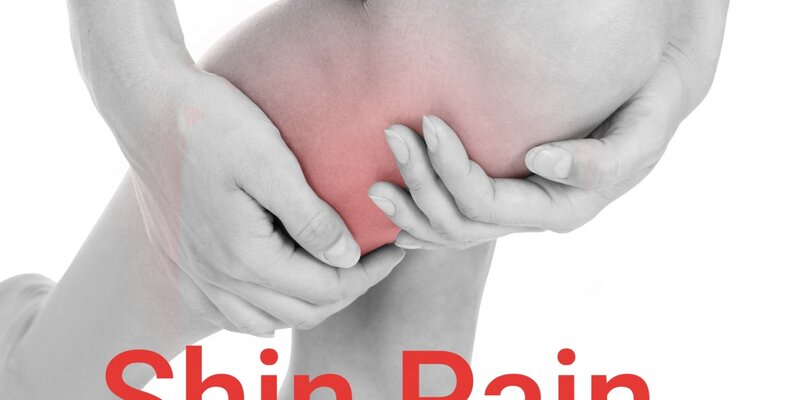
Shin splints, stress reactions, and stress fractures
Shin splints, stress reactions, and stress fractures are all overuse injuries of the lower leg usually associated with forceful, repetitive activities such as running or jumping.
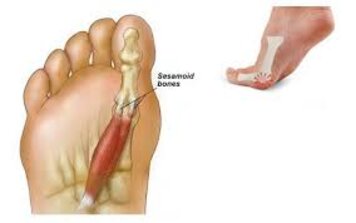
Sesamoiditis
Sesamoid bones are unique in that they are not connected to any other bones in the body. There are two very small bones (about the size of a kernel of corn) on the underside of the forefoot near the big toe. These two sesamoids provide a smooth surface over which tendons controlling the big toe are located.
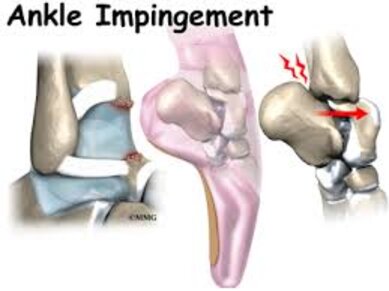
Nerve entrapments of the ankle
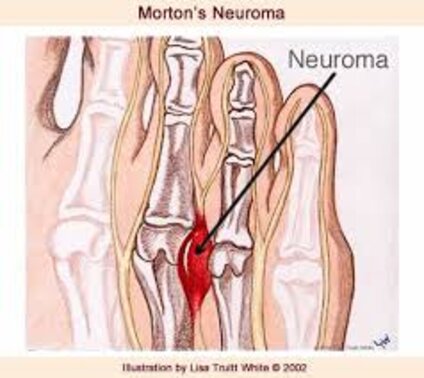
Metatarsalgia NERVE ENTRAPMENTS
A corn is an area of hard skin forming over a point of high pressure within a callused area of hard skin. Commonly corns appear on weight bearing areas of the foot and the tops of toes. Corns have a hard centre and are often painful when direct pressure is applied. Some (soft) corns may also occur between your toes.
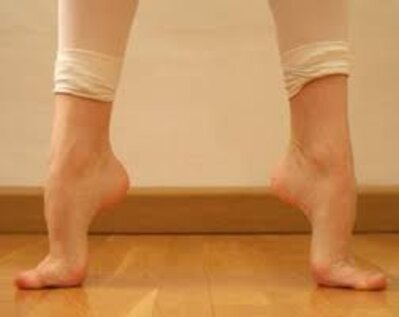
Hallux Rigidus (or Limitus)
A dancer without mobility who forces a high demi-pointe will cause the bones in the joint to impinge on each other. If this is done repeatedly, bone spurs will develop leading to even further decreased motion in the joint, inflammation and eventual degeneration of the joint.
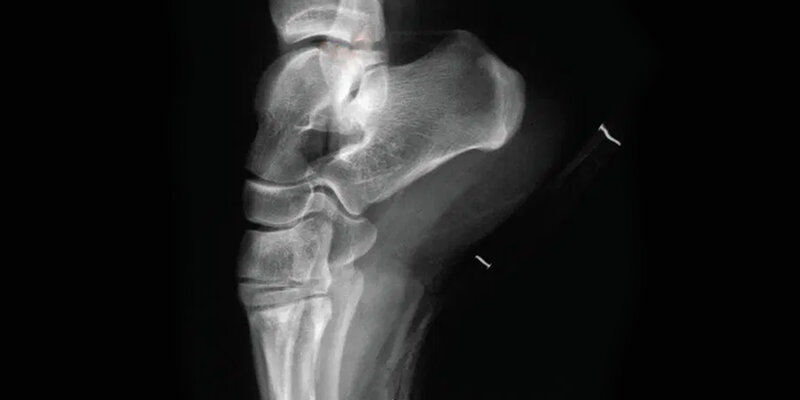
Dancer’s Fracture - Stress Fractures
Cracks or fissures can develop in skin which has hardened and thickened around the edges of the heels. This can causes the skin to split, resulting in a cracked heel which can be very painful and increase the risk of infection.
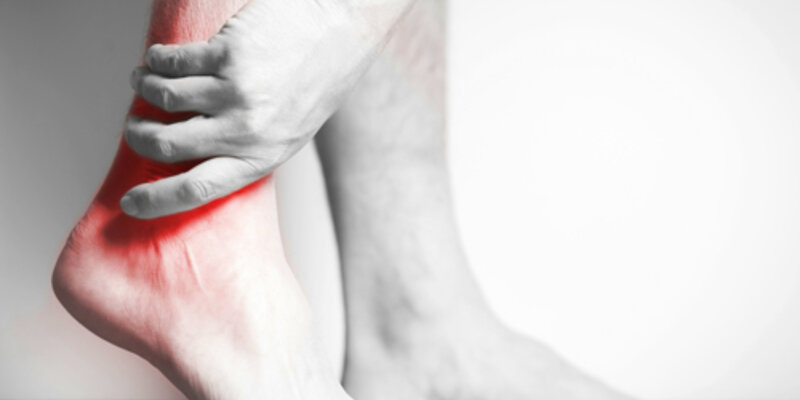
Ankle Achilles Tendinitis
Tendinitis can occur in any of the tendons about the ankle, including the flexor hallucis longus tendon (the dancer’s tendon), the peroneus brevis tendon, and the peroneus longus tendon. It most commonly occurs, however, in the body’s longest tendon—the Achilles tendon.
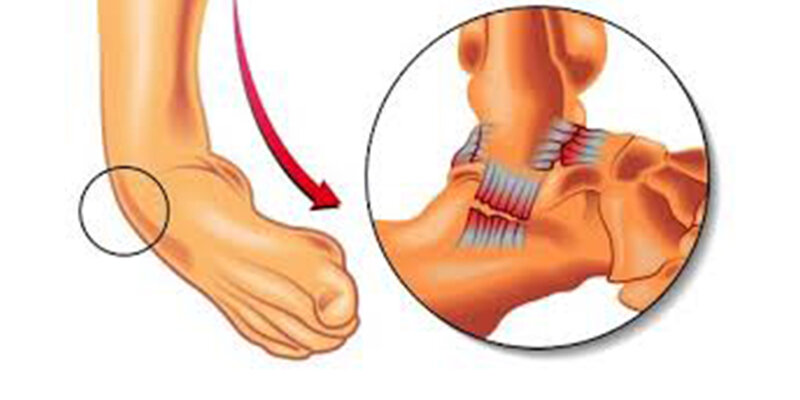
Lateral Ankle Sprain
Ankle sprains are the most common type of ankle injury for dancers. Ankle sprains involve the lateral (outside) structures of the ankle and occur when the ankle is inverted (turned or rolled outwards). A lateral ankle sprain is the result of tears to any of the lateral stabilizing ligaments.

Hip Pain
